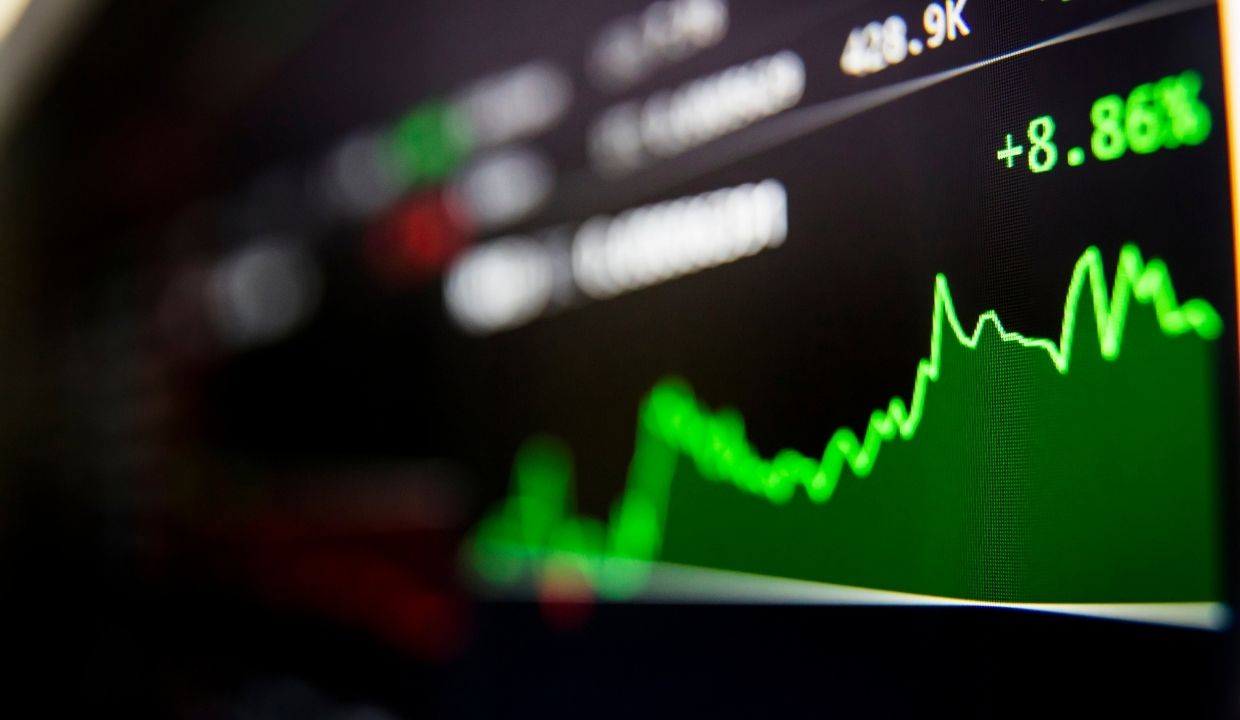Algorithmic Trading Basics form the foundation of modern trading strategies. At its core, algorithmic trading refers to the use of computer algorithms to execute trades at a speed and precision that human traders could never achieve. By leveraging advanced mathematical models, historical data analysis, and real-time market information, algorithmic trading systems can swiftly identify trading opportunities and execute orders without manual intervention.
The Power of Automation
Algorithmic trading offers several undeniable advantages. Firstly, it eliminates the emotional biases that often cloud human judgment. Emotions like fear and greed can lead to irrational decisions, whereas algorithms follow predefined rules, ensuring disciplined trading. Moreover, algorithms can execute trades in a matter of microseconds, capitalizing on even the smallest market movements. This speed is unattainable for human traders, giving algorithmic strategies a competitive edge.
How Algorithmic Trading Works
Algorithmic trading operates through a sequence of logical steps. It begins with strategy development, where traders or quants formulate trading rules based on various technical indicators and fundamental factors. These rules are then translated into code, creating an algorithm. The algorithm analyzes real-time market data, identifies potential trade setups, and executes orders according to the predefined rules. Continuous monitoring and optimization ensure the algorithm’s performance remains consistent.
Key Components of Algorithmic Trading
Algorithmic trading systems consist of several crucial components:
1. Data Acquisition and Processing
To make informed decisions, algorithms rely on accurate and up-to-date data. This includes market prices, trading volumes, and economic indicators. Data providers feed this information into the algorithm, where it’s processed to identify trends and patterns.
2. Strategy Formulation
Successful algorithmic trading hinges on well-defined strategies. These strategies encompass entry and exit points, risk management rules, and trade sizing methods. Strategy formulation requires a deep understanding of market dynamics and statistical analysis.
3. Backtesting
Before deploying an algorithm in the live market, it’s essential to test its performance using historical data. Backtesting assesses how the algorithm would have performed in the past, helping traders fine-tune their strategies and parameters.
4. Execution Algorithms
Execution algorithms determine how orders are placed in the market. They ensure efficient order execution, minimize market impact, and prevent slippage. Popular execution algorithms include VWAP (Volume-Weighted Average Price) and TWAP (Time-Weighted Average Price).
5. Risk Management
Algorithmic trading involves inherent risks. To mitigate these risks, algorithms incorporate risk management protocols. These protocols define maximum exposure, position sizes, and other risk-related parameters.
Algorithmic Trading Strategies
A diverse range of algorithmic trading strategies exists, each with its unique approach to the market. Some popular strategies include:
– Momentum Trading
This strategy capitalizes on trends in asset prices. Algorithms identify assets with strong recent performance and enter trades in the direction of the prevailing trend.
– Arbitrage
Arbitrage strategies exploit price discrepancies of the same asset on different exchanges. Algorithms identify price differentials and execute trades to capture risk-free profits.
– Market Making
Market-making strategies involve continuously quoting buy and sell prices for an asset. Algorithms aim to profit from the bid-ask spread, contributing to market liquidity.
– Statistical Arbitrage
This strategy involves identifying statistical relationships between assets. Algorithms identify pairs of assets that tend to move together and execute trades when the correlation deviates from historical norms.
Benefits of Algorithmic Trading
Algorithmic trading offers numerous benefits to investors:
– Speed and Efficiency
Algorithms execute trades with unparalleled speed and precision, eliminating manual delays and errors.
– Elimination of Emotional Bias
Algorithms operate based on predefined rules, removing emotional biases from trading decisions.
– Increased Opportunities
Algorithmic trading can identify and act on a broader range of trading opportunities, even in volatile markets.
– Backtesting and Optimization
Strategies can be thoroughly tested and optimized using historical data before being deployed.
Frequently Asked Questions (FAQs)
Q:
Can individuals without programming skills engage in algorithmic trading?
A:
Yes, many trading platforms offer user-friendly interfaces that allow individuals to create and deploy algorithmic strategies without extensive coding knowledge.
Q:
Is algorithmic trading risk-free?
A:
No, while algorithmic trading can be highly efficient, it carries inherent risks, and strategies should be carefully designed and tested.
Q:
How much capital is needed to start algorithmic trading?
A:
The capital required varies depending on the strategy and market. It’s essential to start with a capital amount you can afford to lose.
Q:
Do algorithmic trading strategies work in all market conditions?
A:
Not all strategies perform well in all market conditions. Some strategies may excel in trending markets, while others perform better in range-bound markets.
Q:
What role does human oversight play in algorithmic trading?
A:
Human oversight is crucial for monitoring algorithm performance, adapting strategies to changing market conditions, and intervening if unexpected events occur.
Q:
Are algorithmic trading strategies used only by large institutions?
A:
No, algorithmic trading has become increasingly accessible to individual traders and smaller investment firms due to advancements in technology.
Result
Algorithmic trading basics have revolutionized the financial industry, offering unprecedented speed, efficiency, and precision in executing trades. By understanding the fundamental concepts and key components of algorithmic trading, investors can make more informed decisions and potentially enhance their trading strategies. As the landscape of finance continues to evolve, algorithmic trading is likely to play an even more significant role in shaping market dynamics.



Leave a Reply